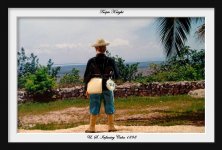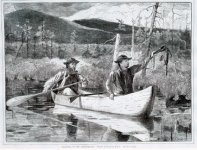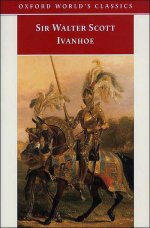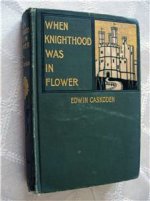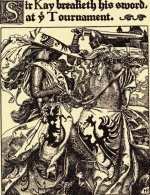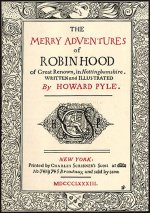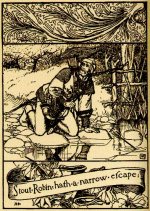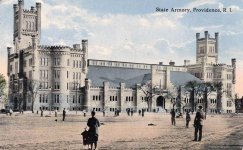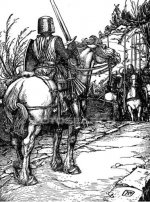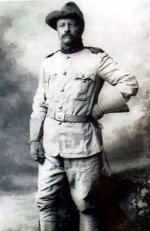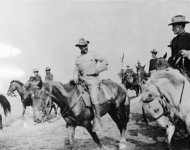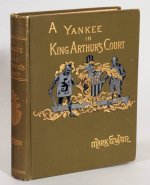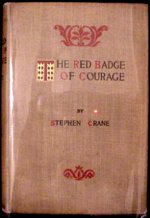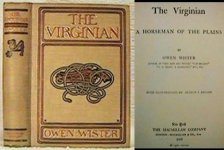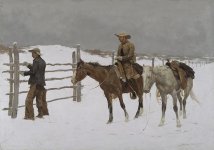PolarBear
Major
- Joined
- Feb 24, 2007
- Messages
- 6,706
I have chosen “Tropic Knight” as the title for this photograph of a US infantryman in Cuba during the Spanish American War of 1898 because it reflects the martial culture that developed in America during the Gilded Age, especially in its last two decades. One of the components of that martial spirit was an interest in the Medieval era and the world of knights in shining armor. This is a case where popular culture met a specific historic need.


